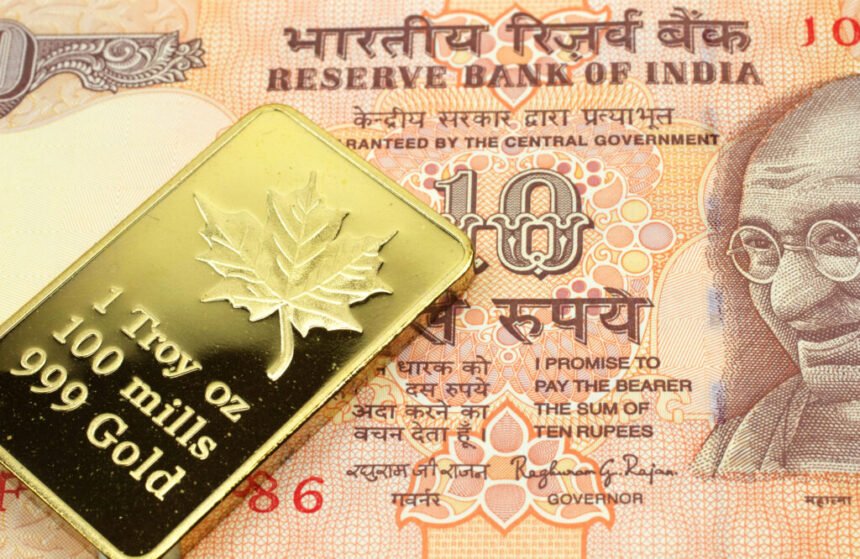June 17, 2024
India outpaces the rest of the G20 in gold purchases
A few days before the Indian national election results were announced, the Reserve Bank of India (RBI) conducted a significant operation to move one hundred tons of its gold, previously stored in the United Kingdom’s domestic gold vaults, back to Mumbai. The decision marked the largest transfer of Indian-owned gold since 1991. But the RBI is not merely repatriating gold reserves for domestic storage; it is also leading efforts to increase India’s total gold holdings. Following Russia’s invasion of Ukraine, India has bought more gold and at a faster rate than any other Group of Twenty (G20) country, including Russia and China.
Over the past two years, China’s gold purchasing has received significant attention. But last month marked the end of the People’s Bank of China’s eighteen-month run of increasing gold purchases. Meanwhile, India’s recent surge in gold purchases has remained relatively under the radar. In the last four months alone, India has added over twenty-four metric tons to its reserves—more than what the country had purchased in all of 2023.
What’s driving the decision? The RBI has been consistently increasing its gold reserves since December 2017 to diversify its foreign currency assets and mitigate inflation pressures. However, this recent, heightened pace of gold accumulation suggests a strategic shift in response to geopolitics.
Indeed, that is exactly what RBI Governor Shaktikanta Das alluded to in his recent press conference in April; when he was asked about the volatility in reserves, he pointed directly to the war in Ukraine and the uncertainty that followed. That same day, the chief economist of one of India’s largest public banks, Madan Sabnavis, said, “While the US dollar has historically been a stable currency, its reliability has diminished following the Ukraine conflict.”
Countries such as India have looked at the West’s response to Russia’s invasion and have reconsidered the reliability of holding reserves in traditional currencies, since these assets could be blocked or immobilized by other governments and banks.
What about the rest of the G20? Since 2021, most countries have kept their gold reserves stable. The fluctuation in the chart above is mostly driven by Turkey, which has bought and sold its own gold to manage local market dynamics and address economic challenges such as high inflation and trade deficits.
It’s not only in pace of purchases where India is leading. The RBI is also leading in gold as a percentage of its reserves among the G20 Asian countries. In 2024, India now holds twice as much gold as a percentage when compared to China.
However, it is important to note that, like China and most other economies, India still holds only a small percentage of its reserves in gold. According to our Dollar Dominance Monitor approximately 59 percent of all foreign exchange reserves are still held in dollars.
Nonetheless, when an important partner of the United States such as India begins seeking alternatives to the world’s reserve currency, it warrants careful attention.
Josh Lipsky is the senior director of the Atlantic Council GeoEconomics Center and a former adviser to the International Monetary Fund.
Alisha Chhangani is a program assistant with the Atlantic Council GeoEconomics Center.
This post is adapted from the GeoEconomics Center’s weekly Guide to the Global Economy newsletter. If you are interested in getting the newsletter, email SBusch@atlanticcouncil.org

At the intersection of economics, finance, and foreign policy, the GeoEconomics Center is a translation hub with the goal of helping shape a better global economic future.
Further reading
Wed, Apr 26, 2023
Why emerging markets are stocking up on gold
Econographics
By
Financial stability concerns, sanctions, and inflation contributed to the largest net purchases of gold in over seventy years last year—raising questions about its potential role in de-dollarization.
Image: A macro image of a orange ten rupee from India with a gold bar. Shot close up.
















